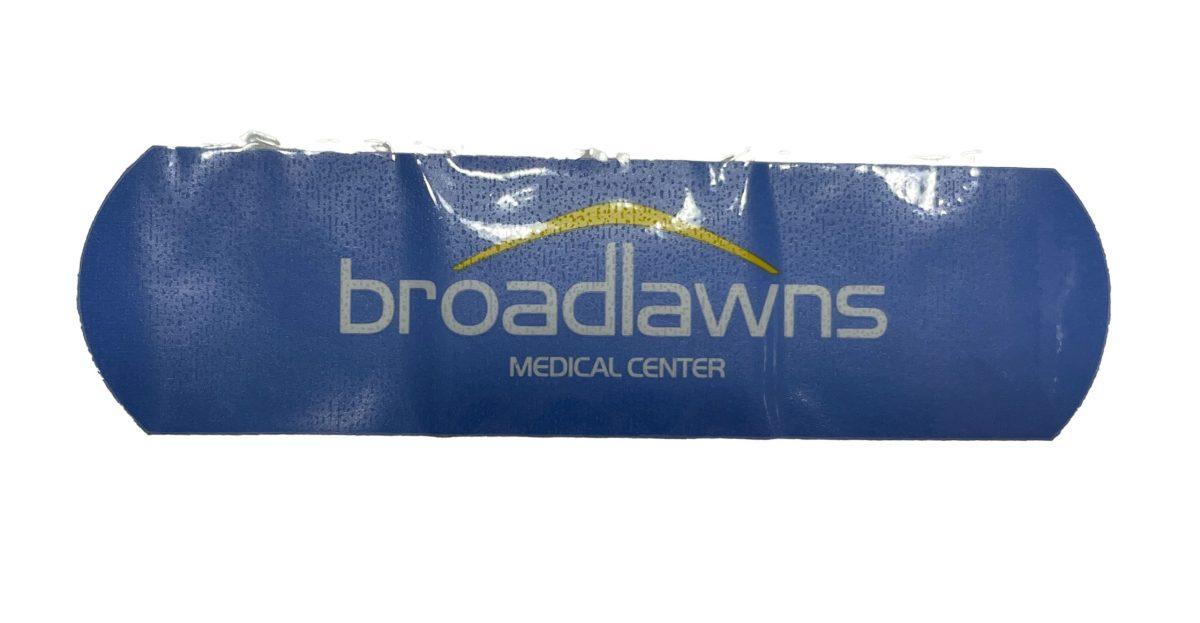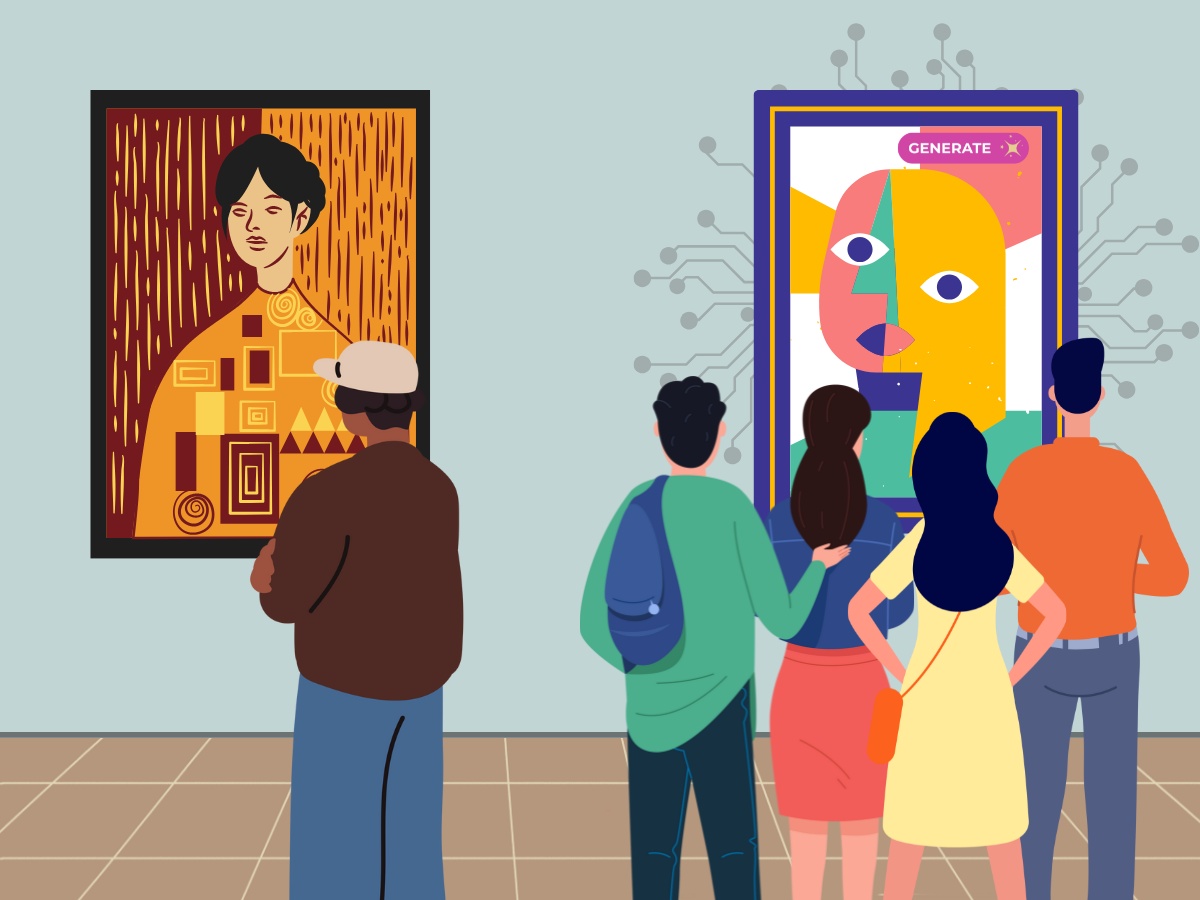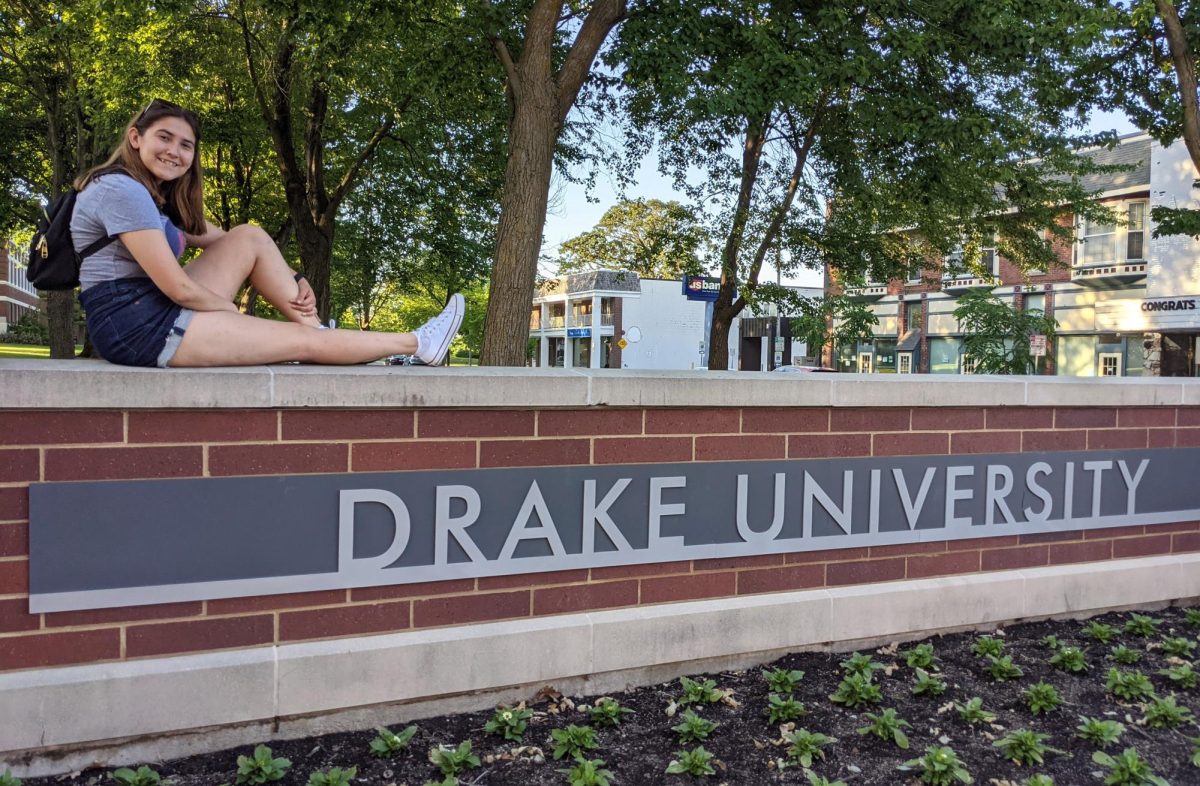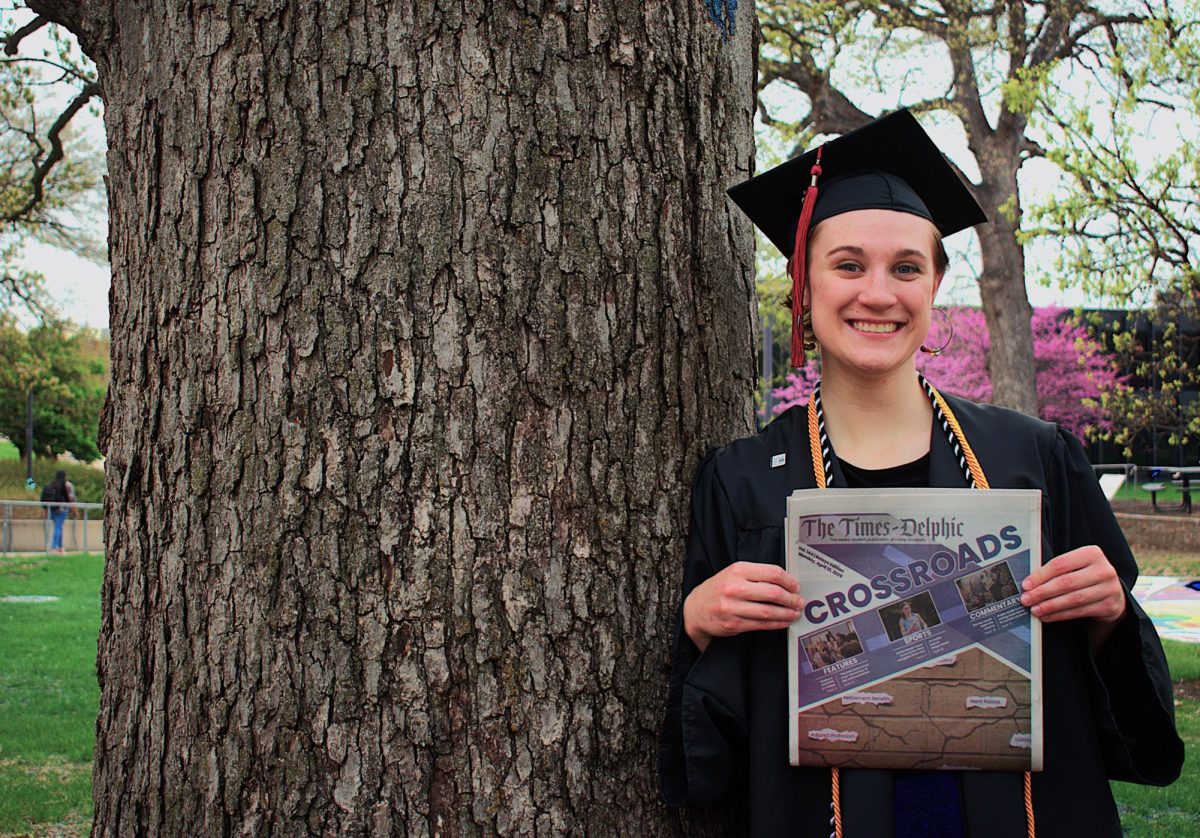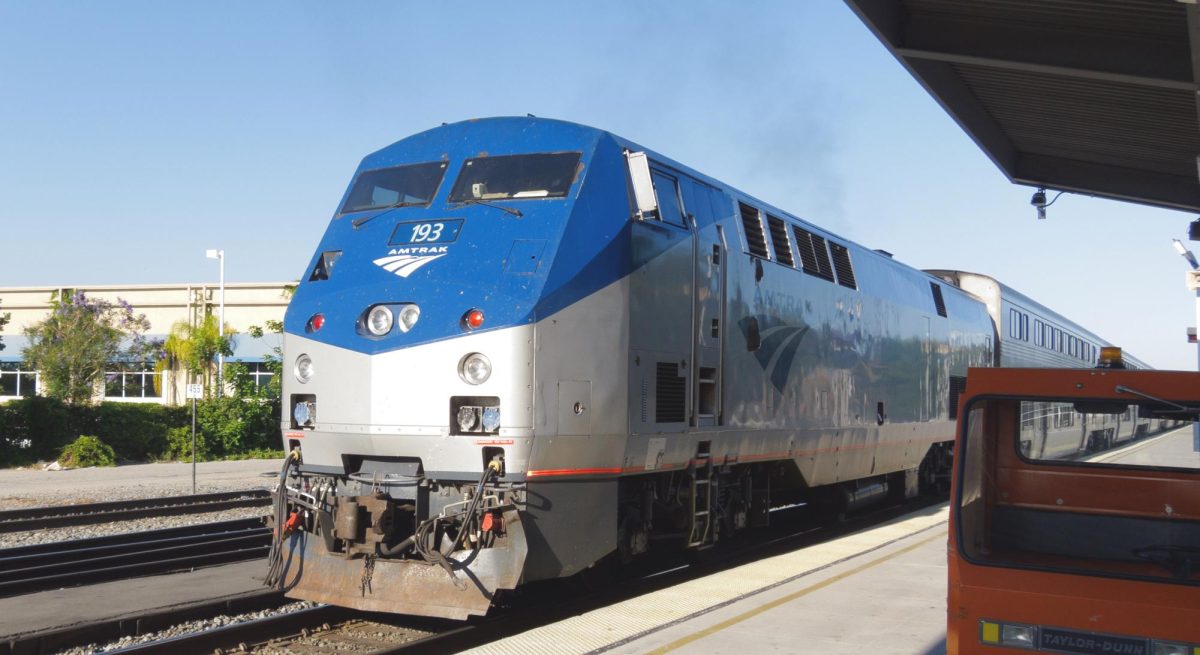Since its grand opening on Sept. 7, Drake University has highlighted Broadlawns Medical Center as an excellent source of medical treatment. Students were encouraged to utilize Broadlawns’ resources, and as the school year progressed, student experiences and general opinions regarding the clinic began to form.
In the thicket of many negative hearsay experiences at both the on-campus clinic and other Broadlawns hospitals, I was able to visit and experience firsthand interactions with Broadlawns staff and procedures.
At 6:31 p.m. I arrived at the Broadlawns Urgent Care Clinic located on 1801 Hickman Rd, a subsect of the larger Broadlawns hospital and separate from the medical center on campus. No other branch of the hospital was open at the time of the visit.
Patient A*’s medical condition was a rarity, one that Broadlawns doctors and nurses had scarcely treated, which largely contributed to subsequent events.
I escorted Patient A to the hospital and remained seated in the waiting area for no longer than 40 minutes before I was called to the inpatient room. Upon entering the room, I was greeted by a swarm of doctors, nurses and nurses-in-training surrounding Patient A in the confines of a small, dusty room.
Patient A was lying down on a hospital bed as nurses-in-training were being newly instructed on how to perform specific medical procedures, which caused the efficiency and fluency of the recovery to be stunted. Whether or not the prolonged recovery was due to minor errors in procedures is unknown. Additionally, the door was left open due to the multiple people cycling in and out of the room, which felt like a stark privacy violation. Patient A remarked feeling almost like a spectacle as several nurses and doctors stood observing them in the room. Nurses and doctors made side conversations and remarks, both relevant and irrelevant to the medical emergency at hand, with seemingly cheerful overtones. Their attempt at cracking lighthearted jokes fell flat. Moreover, there was a lack of communication between health professionals and Patient A, causing Patient A further stress in an already high-pressure environment.
At approximately 7:40 p.m. the medical emergency was resolved, and the Broadlawns staff began trickling out of the room. It was at this time that I exited the inpatient room back into the waiting room.
At 9:18 p.m., I walked up to the locked doors of the inpatient hallway entrance, waiting to retrieve something from inside the room. In my line of vision, I saw a man being examined in a side room, separate from the inpatient rooms where Patient A resided. The door to the side room remained wide open, and conversations regarding his symptoms carried into the hallway where I stood. I retrieved my water bottle and sat back down in the waiting room.
At approximately 9:30 p.m., I saw the man feebly walking out of the room and towards a hallway on the opposite side of the waiting room. Before making it to the doors, he slowly collapsed into a fetal position while holding his head in pain.
At this point, Broadlawns staff had begun cleaning the facilities, and an industrial vacuum was sweeping the waiting room. I stood up and motioned in the direction of the man, but neither the cleaning staff nor receptionists acknowledged him or my gestures. A few minutes passed, two nurses approached the man, handed him a towel which he placed under his head and the nurses disappeared behind the hallway.
For nearly two hours following, there continued to be pleas, moans and cries for help from the writhing and distressed man. At this point, the man had made his way behind an entryway partition, out of my direct vision but not out of earshot. After persistent ignorance from Broadlawns’ staff, I saw three police officers approach the man. A brief conversation later, I saw the officers walking away into the hallway, shaking their heads and glancing back at the man.
On two occasions, the man approached the front desk receptionist. The contents of their discussions remain ambiguous, but there was an evident conveyance of distress. He stumbled around the waiting room holding his head in his hands before disappearing behind the protruded entryway.
The outcries of the man were disruptive and unsettling in the otherwise silent waiting room of the hospital. When Patient A was discharged and I left the Broadlawns clinic, the man had drifted into silence in the corner where he resided.
My disappointment towards Broadlawns and by association, Drake, stems from the sheer number of negative encounters I have both heard and experienced. Though I recognize the unattainability of only favorable experiences at any medical facility, public opinions have formed to an extent where Drake should have addressed and acknowledged these concerns. Many Drake students, including myself, wish to see reform and redress.
*For privacy concerns, Patient A has wished to remain anonymous.

